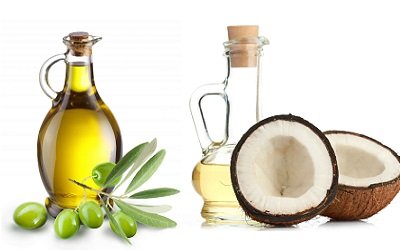Inside BENEO’s new pulse plant: pioneering sustainable protein from faba beans
A group of Indian researchers have studied the influence of dietary lipids on the bioavailability and antioxidant property of carotenoids in lutein deficient mice. Lutein is known to play a role in keeping the eyes safe from oxidative stress.
The researchers administered 200μM lutein dispersed in dietary lipids and administered to LD mice for a period of 15 days. The different oils used were olive, coconut, groundnut, soybean, sunflower, rice bran, corn, palm and fish.
The results indicate that the plasma lutein levels were found to be highest in olive oil (82%) and coconut oil (68%), when compared to the control (mixed micelle) group. Further, positive correlation was found between intestinal triacylglycerol lipase and plasma lutein levels, confirming the crucial role of intestinal lipase on lutein micellarization and its intestinal uptake. Results revealed an affirmative correlation between triglycerides, low density lipoproteins and high density lipoprotein levels with plasma and tissue lutein levels, signifying their role in the transportation of newly absorbed lutein to target tissues.
Furthermore, lutein accumulation in the liver and the eye was highest in the olive oil (120% and 117%) and coconut oil (105% and 109%) fed groups, compared to control. Lutein deficiency resulted in elevated levels of lipid peroxides, superoxide dismutase, and catalase in plasma and liver microsomes, which have been decreased significantly on feeding lutein. Researchers suggest that these results may be due to the influence of oleic (dominant in olive oil) and lauric (dominant in coconut oil) acids on the activity of intestinal lipase, portal absorption, triglycerides, lipoprotein or cholesterol flux between liver and peripheral tissues, which may modulate the uptake and transport of lutein.

